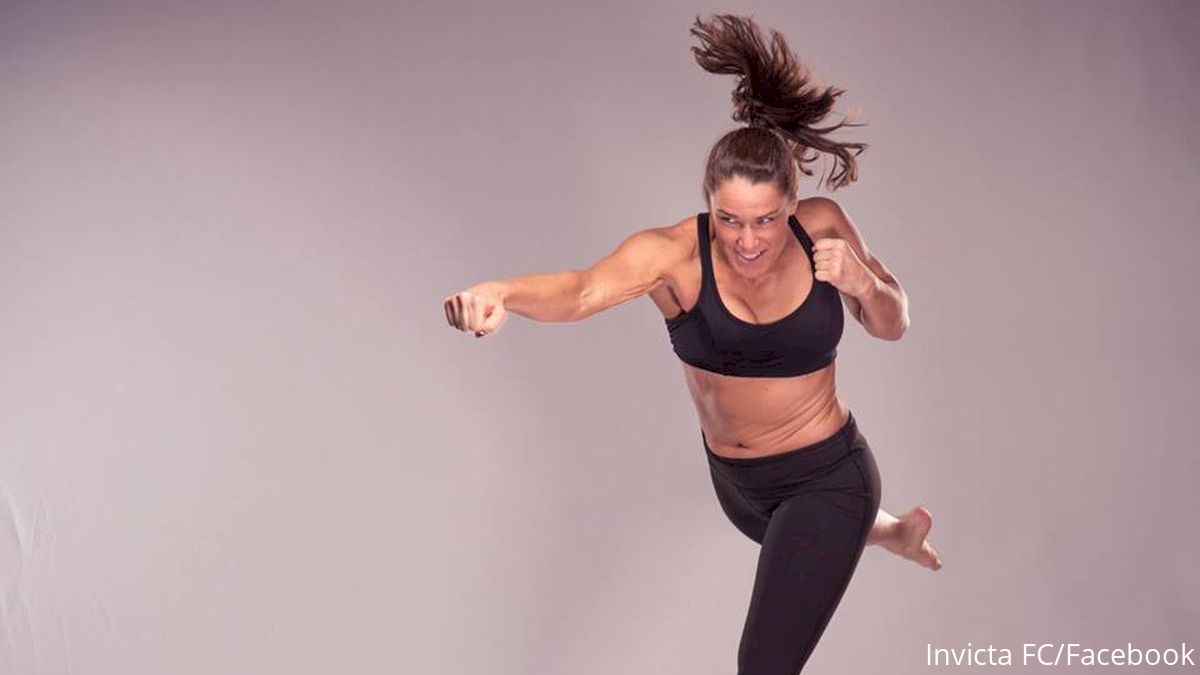Tara LaRosa Talks Origins, Struggles Of Early WMMA
Tara LaRosa Talks Origins, Struggles Of Early WMMA
Women's MMA pioneer Tara LaRosa joins the Top Turtle MMA Podcast on FloCombat to discuss WMMA's origins, hurdles, and more.

By Daniel Vreeland
To newer fans of mixed martial arts, the struggles surrounding female fighters seem far from being resolved.
In addition to having fewer weight classes that are inconsistently filled (especially in the UFC), women also appear to be booked at a much slower rate. Additionally, there have been claims that referees are much quicker to step in and stop fights involving women compared to fights involving men.
The progress is easier to see, though, when comparing the current landscape of WMMA to what it came from in the not-so-distant past.
In a discussion with The Top Turtle MMA Podcast on FloCombat, Tara LaRosa, a pioneer of WMMA, explained what it was like to fight in the early days.
From shady promotional dealings to inconsistent rules, it was never a walk in the park for those who paved the way. To celebrate Women’s History Month, we look back at everything LaRosa did for the sport, inside and outside the cage.
“The rules and regulations varied from promotion to promotion,” LaRosa said. “You’d have stuff all across the board.”
Of those inconsistencies was the use of and the successful implementation of weight classes. She shared her amateur debut as a prime example of just how crazy things could get.
“I started back in 2000 when weight classes were still kind of up in the air [for women],” LaRosa said. “My first and only amateur fight, I was supposed to fight this girl. She was supposed to be this 5-6 blonde chick from somewhere like Kentucky.”
Although LaRosa herself weighed in at the contracted 135-pound limit, she realized upon stepping into the cage that may not have been the case for her opponent.
“I got there and weighed in at 135 pounds," she said. "And that’s not who was standing across the cage from me. This girl was every bit 5-10 with thick black cornrows.”
An opponent change with no notice was an obstacle to overcome, but it didn’t stop there. LaRosa also had to deal with a rule set that, in addition to making little sense for MMA, also hindered her chances.
“I ended up getting a hold of her and I threw her to the ground… and for some reason, there was no punching to the face on the ground," LaRosa said.
This rule, she went on to explain, was not the same for every women’s bout on the card. Different and often odd rules for women’s fights tended to be the norm at that time. These rules ranged from punching restrictions to the number—and the length—of rounds in the fight.
“There were all kinds of crazy rules," LaRosa said. "There was only one 10-minute round [in that fight].”
However, she also noted there were times when there were the full three rounds but only in three-minute increments. While three-minute rounds are the norm in amateur rule sets, this made it difficult to develop game plans at the professional level.
As a result, LaRosa decided to take a stand and look to get some consistency within rule sets. In her home state of New Jersey, she went to work with the boxing commission to make sure MMA became a legitimate sport for both sexes.
“I was the only female fighter on the advisory board for the ABC [Association of Boxing Commissions]," she said, sharing that she helped them adopt proper weight classes and outline legal and illegal strikes.
Some of this work extended to men’s MMA as well. While working with the ABC was important from a rules standpoint, LaRosa said one of her greatest quests was educating the masses about women in MMA.
“Every conversation I had was to educate," LaRosa said. "I can remember having conversations in the electronics aisle of Walmart when I’m looking at UFC DVDs. I would have conversations in the airport or in train stations or wherever I was.
"Family and friends—I had to educate everybody.”
And this was due to the fact she believed the sport had the potential become as big as it is today. In fact, if you ask her what the 2001 version of herself would think of how far women have come in the sport, she’d just want to know about the journey.
“Well, shit, I can’t wait to see how we get there because I always believed in it," LaRosa said.